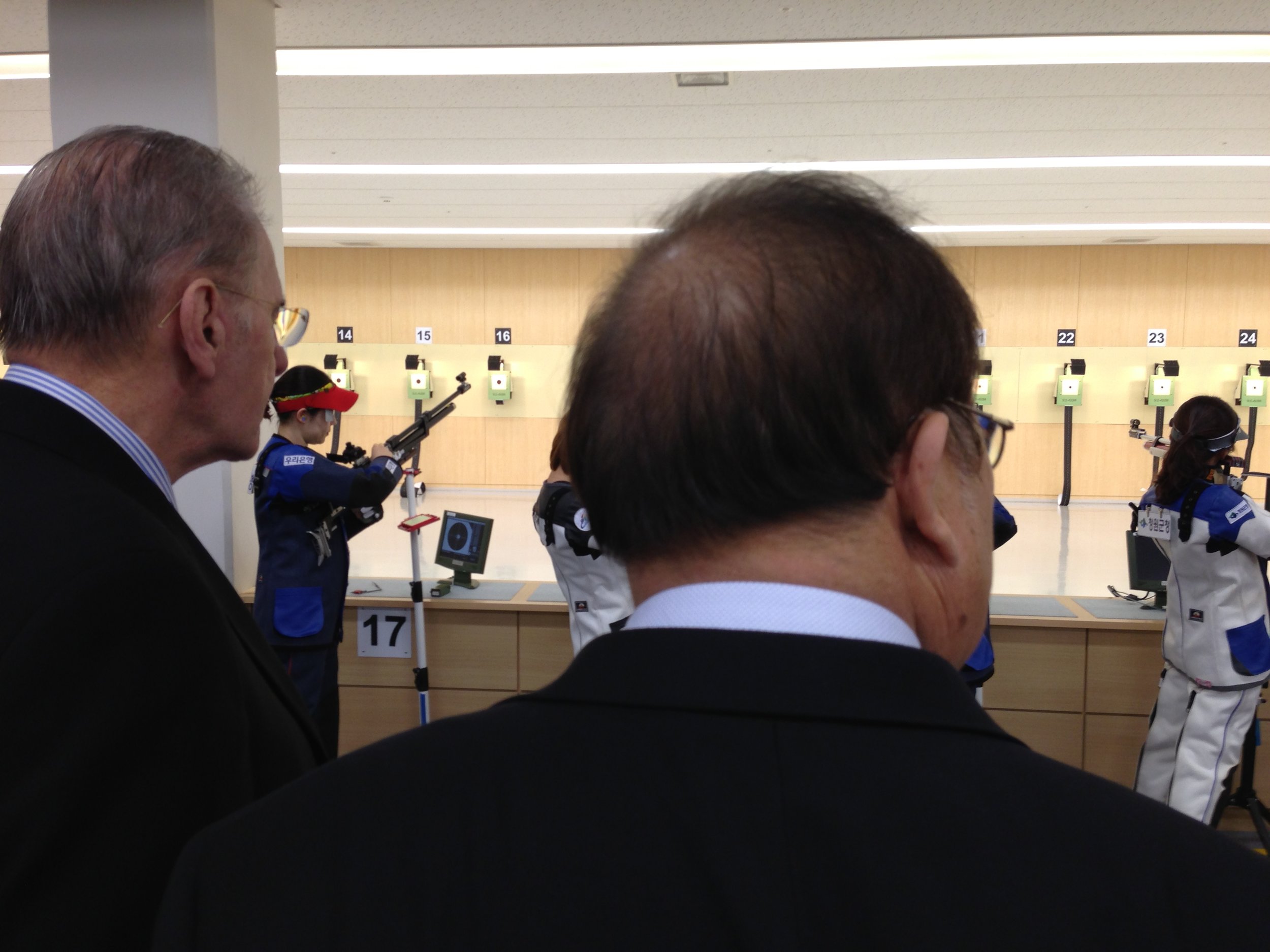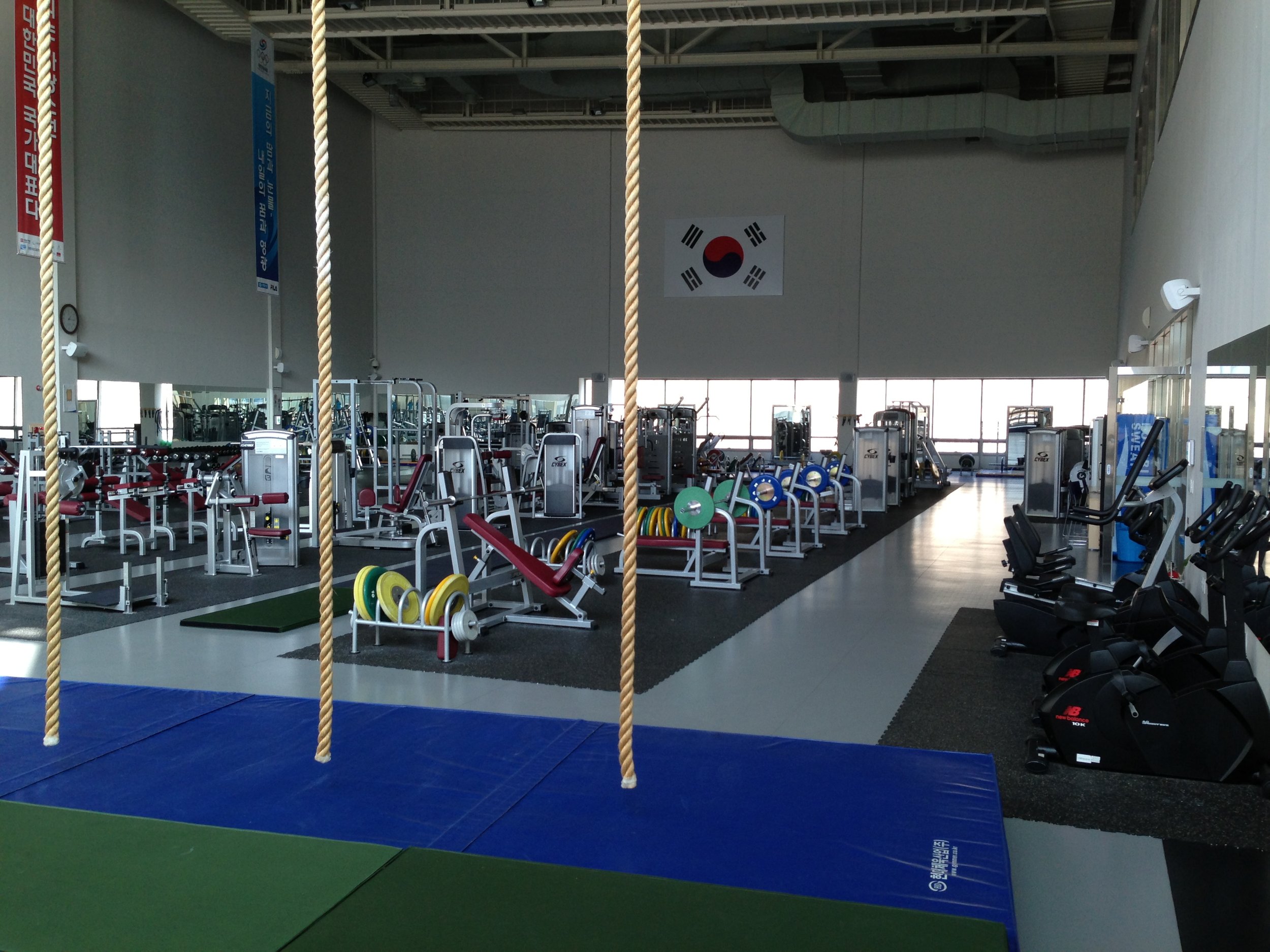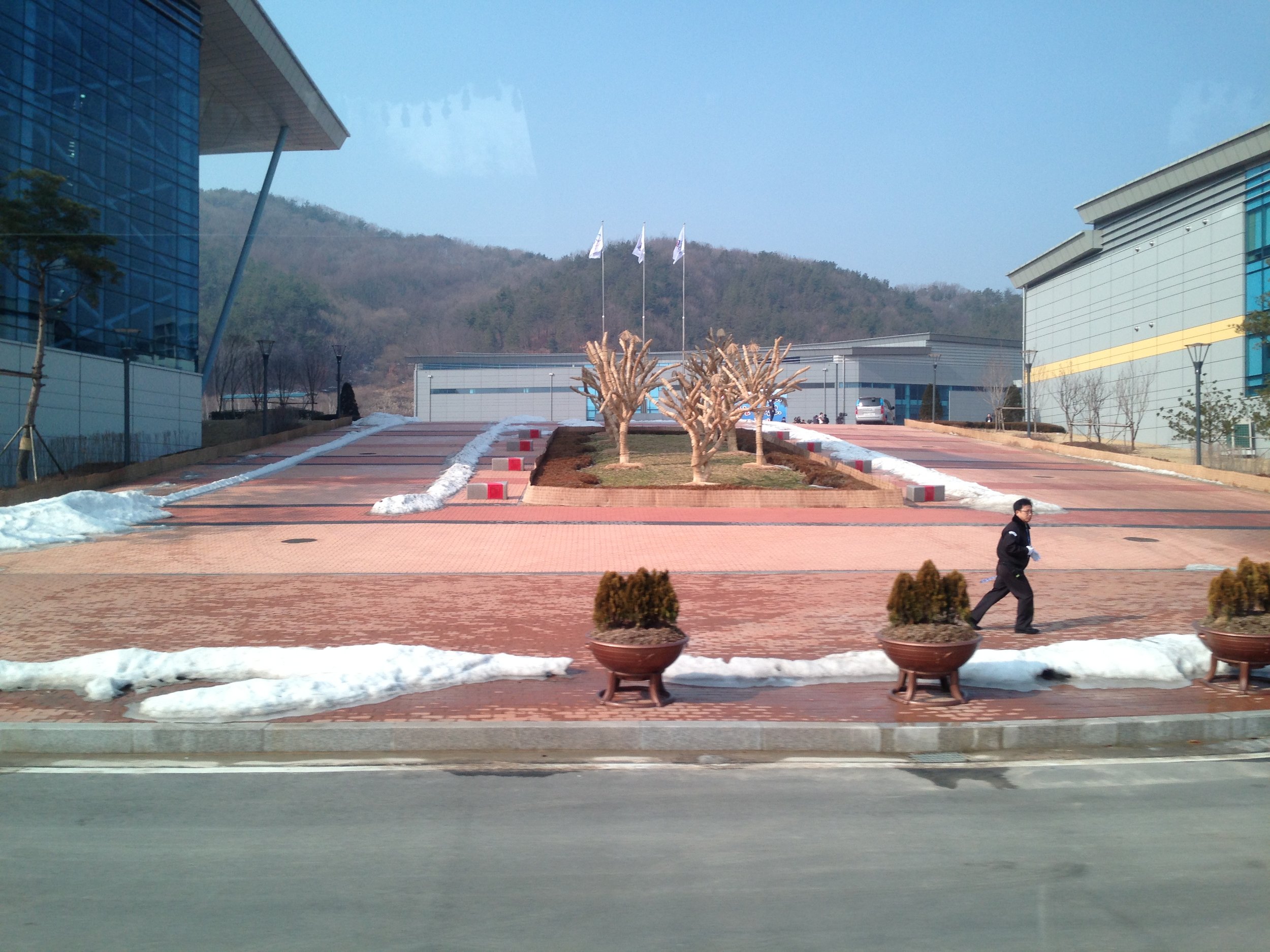Sir Craig Reedie, an International Olympic Committee vice-president, got the full red-carpet welcome Friday at Tokyo's Narita International Airport. Photographers happily caught Tokyo Gov. Naoki Inose introducing his wife, Yuriko, to Sir Craig. In another shot, Sir Craig was seen bounding along Narita's walkways with a bouquet of welcoming flowers, a perfect tableau to set the stage for the IOC evaluation commission's four-day inspection of Tokyo's plan to host the 2020 Games.
And so it begins again, another round of these evaluation visits. The IOC commission visits the other two cities in the 2020 race, Madrid and Istanbul, later this month.
Over the years, these inspections have become a defining tenet of Jacques Rogge's tenure as IOC president. In September, however, Rogge's 12 years in office come to a close; voting for his successor, along with balloting for the 2020 bid-city race, will take place at the IOC general assembly in Buenos Aires.
The question the shrewd contender to replace Rogge will ask in meetings around the world with fellow members this spring and summer is elemental: does this system do what it's supposed to do?
It’s time, in this, a pivotal year for the IOC, for big-picture thinking.
The IOC is poised now for a once-in-a-generation turn. The presidential campaign is just starting to take shape. That race is entwined with, among other dynamics, the 2020 bid-city campaign, the policy-making executive board’s recent move to drop wrestling from the 2020 program, a notion that the 70-year-old age-limit now in place for members ought to be reviewed and a persistent feeling among some number of members that IOC staff at headquarters in Lausanne, Switzerland, exerts a disproportionate influence in Olympic affairs.
At issue, fundamentally, is the role of the members of the International Olympic Committee. In these first years of the 21st century, what is their mandate?
This is the pivot around which the presidential race likely turns, as potential candidates such as Thomas Bach of Germany, Ser Miang Ng of Singapore, Richard Carrion of Puerto Rico and perhaps others, including C.K. Wu of Chinese Taipei, weigh their options.
The mainstream press is often replete with stories of how being an IOC member has to be a cushy gig. The reality is that the actual "job" -- being an IOC member is, of course, a volunteer position -- is hugely limited.
In essence:
-- Every other year, members choose a host city for the Games, Summer or Winter. The vote is seven years out. In 2013, members will choose for 2020.
-- The year after an edition of the Games, Summer or Winter, they vote for which sports go on the program of the Games -- again, seven years from that vote.
-- They elect their fellow members to the policy-making executive board (15 positions) or vice-presidential spots (four).
The executive board typically meets in-person four times a year. The rest of the time, that leaves the staff to run the show, and advocates for Rogge's management style would say he and staff have professionalized the IOC in innumerable says.
That said, it almost inevitably has led to the persistent feeling of a shift in the balance of power toward headquarters in Lausanne and away from the members themselves.
That development now animates the presidential race.
Which leads back to the evaluation commission. And, in another example, the executive board's move Feb. 12 to cut wrestling from the 2020 Games.
The 50-point reform plan passed in late 1999 in response to the Salt Lake City corruption scandal took away one of the perks of membership, visits to cities bidding for the Games.
Was the goal of the ban to keep the members honest? Reality check: if you want, you can meet an IOC member anywhere in the world. Still.
The goal was to keep the cities honest.
Now: has the IOC achieved what it sought?
The answer has to come in three different parts.
Has there been another bid-related corruption scandal? No.
But has the cost of the bid-city process come down? Hardly. It is now routine for cities to spend $50 million or more on bids -- $75 or $80 million, maybe more, is not uncommon. Bluntly, there is no way, given that accounting systems in different parts of the world vary in transparency, to know how much every single bid cost.
Moreover, has the IOC actually gotten what it thought it was buying when it voted?
Just two examples:
Beijing 2008? It made history, yes. In bidding for the Games, the Chinese fixed the investment at $14 billion. It turned out to be $40 billion, probably more.
London 2012? A rousing success on many levels. But, again, a construction and infrastructure budget that ended up way high, at roughly $14 billion. That was nearly four times the estimate provided in London's 2005 bid book.
Though the world will be transfixed come September on whether the IOC picks Madrid, Istanbul or Tokyo, the back story is that last February, Rome – one of the world’s great capitals – bowed out of the 2020 race, saying it was too expensive to play. That is a huge warning sign.
And the IOC has for several cycles had trouble finding enough qualified Winter Games bids. Annecy, the 2018 French candidate, received only seven votes.
Rogge has been a vocal proponent of the system as it is now. With his term ending, however, perhaps the time has come to suggest a review – or at least for a presidential candidate to explore whether, in a broader context, the time is now to somehow more empower the members in the bid-city process.
Because, obviously, the underlying principle of that process now is that the members can't be trusted not to take bribes if they go on fact-finding missions.
If you were a presidential candidate, would you say that principle empowered your fellow members, or not?
To reinstate member visits would certainly involve complex logistical and financial steps. For instance, would the cities pay? Or the IOC?
Are these issues, however, at least worth serious discussion? A winning bid is worth billions of dollars; visits by 100 members would run seven figures. There is a compelling argument that’s a worthwhile investment on all sides.
Compare that to the way it works now:
The evaluation commission, which itself costs significant money, prepares a report -- most members could not truthfully say they read it, word for word -- and the bid cities get to make presentations, with videos and speeches, to the full IOC. When you ask the members to make a decision on a project worth billions, is that a best-practices method?
Reporters are allowed to go on the evaluation visits. They get to read the evaluation report and watch the presentations. Yet the members have votes but reporters don’t. What’s the disconnect there?
Not to say that Rio de Janeiro still wouldn't have won in 2009 for 2016 but Chicago figures to have gotten more than 18 votes if there had been visits; to this day, how many members have seen the beauty and potential of the Chicago lakefront?
Sochi probably still would have won in 2007 for 2014 -- it had the best story -- but what would the members have thought if they had gone there and seen the palm trees by the Black Sea and then nothing but forest up in the mountains?
Moreover, the Sochi project – with capital costs budgeted at roughly $10 billion, in 2006 dollars, in the bid book -- is now north of $50 billion.
In Sochi, the Russians were starting from scratch. It's one thing to look at the bid file and see $10 billion, which is course a ton of money; it's quite another to be there, up in the Krasnaya Polyana, in the forbidding geography, and wonder just how much money and manpower it would take to make it into a Winter Olympic site.
Sometimes there really just is no substitute for seeing something with your own eyes.
As for wrestling – this time around, it was wrestling that got the executive board’s boot. Who's got next? Which Summer Games sport, or sports, will it be then?
Unless the system changes with the new president, the “core” is due to be reviewed every four years. That means the next call is after Rio, in 2017.
The 25 that are, right now, the “core” – nowhere is it written that come 2017 they will be the core again.
What that means is that – just to keep the focus on the Summer Games -- the sports are living, like zombies, in a state of permanent dread. (Swimming and track and field excepted. It’s not written that they are mainstays. But they are.)
What it also underscores is the process: The IOC program commission undertook a study. The executive board, acting on that study, voted on the “core.” It will vote again in May on which sports to present to the floor in September. So what are the members’ choices? Take it or leave it? Or risk raucous debate? Since one memorable session in Mexico City in 2002, such debate has not been the IOC way under the Rogge presidency.
No wonder there is already talk that a new president has to find a different way.
And one final thing. The 1999 reforms mandated that newer members have to give up their membership at age 70. In the 13-plus years since, what has been learned is that many sports officials don’t even get to be in position to become IOC members until their early 60s. By the time they then learn their way around, the rules say they have to leave.
Wouldn’t the smart presidential candidate push to raise that age limit to 75?
Indeed, wouldn’t the smart candidate simply be framing a platform all around with the notion of seeking to empower the members as much as possible?
Doesn’t that just make sense?

















